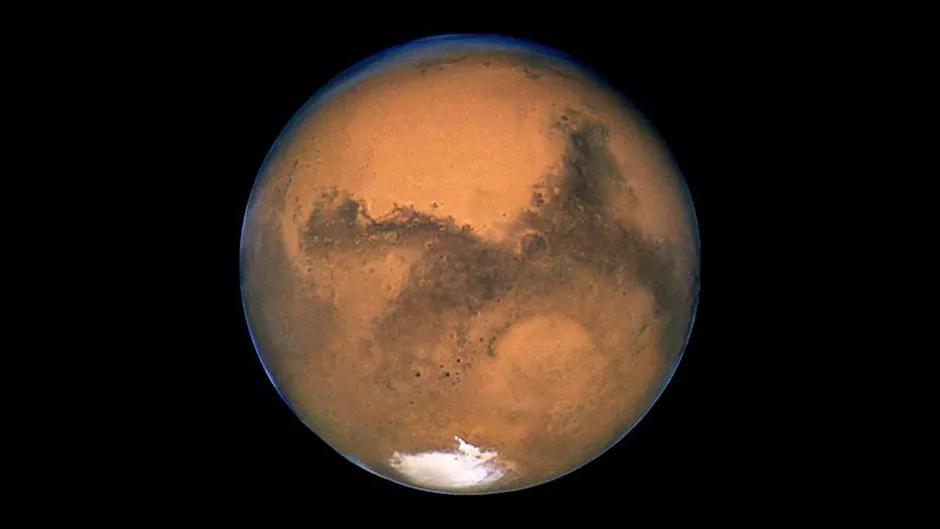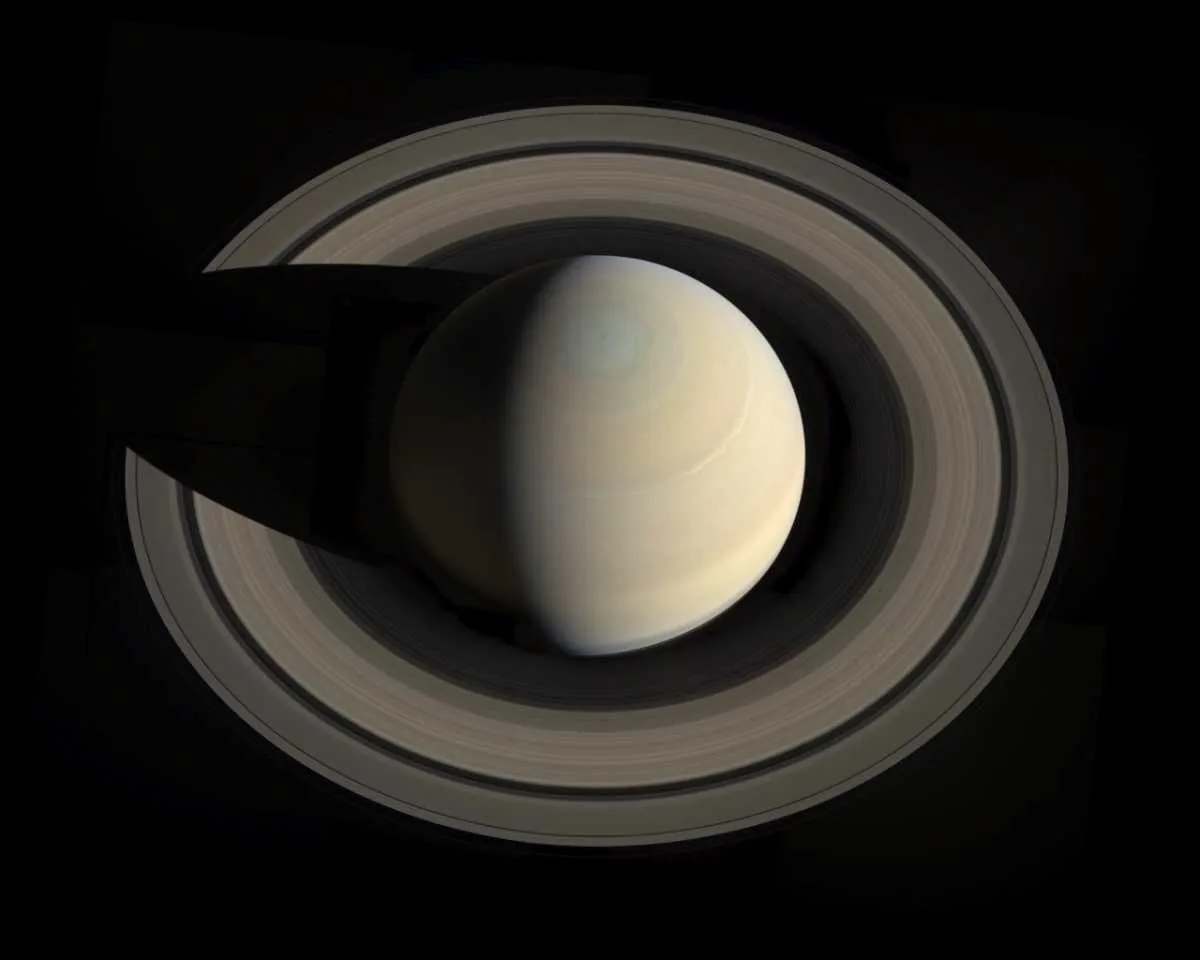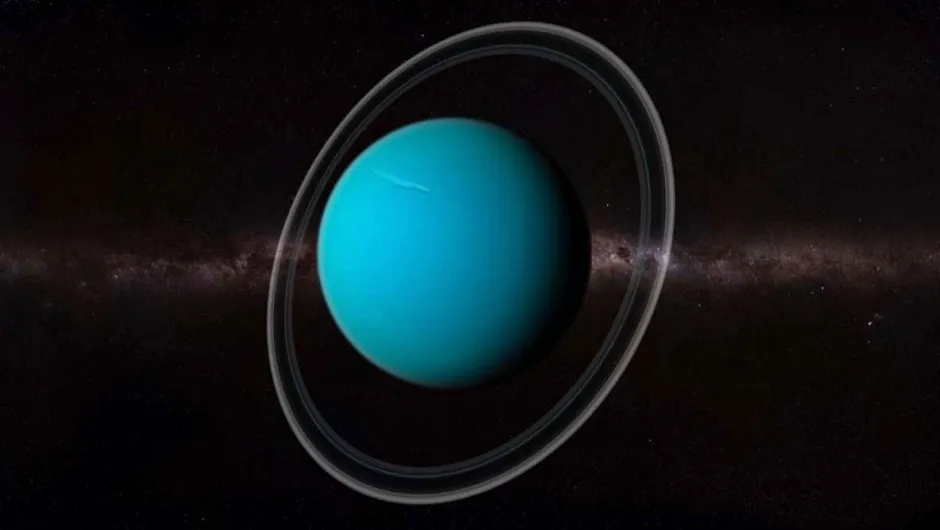1
Our Solar System is vast
Our Solar System consists of a wide range of bodies. We have one star – the Sun – that sits roughly at its centre, eight planets orbiting the Sun, five known dwarf planets, including the former planet, Pluto, and over 150 moons that orbit their respective planets, with more being discovered all the time.
It’s estimated that there are also just under 800,000 asteroids and approximately 3,500 comets with more and more of these being discovered too.
Most of the mass in our Solar System resides in the Sun. It accounts for 99.89 per cent. The second largest and most massive object is Jupiter. It is 318 times more massive than the Earth and is over 2.5 times more massive than all the other planets in the Solar System combined.
Read more about our Solar System:
- Planet Nine: How we’ll find the Solar System's missing planet
- How would our Solar System be different if Jupiter had been big enough to be a star?
Distances in the Solar System are pretty mind boggling too. The average distance between the Sun and Earth is around 150 million km. Out at Saturn the distance is around 10 times that, clocking up to a whopping 1.5 billion km.
By the time we get out to Pluto, which sits in a region we call the Kuiper Belt, we are now 6 billion km from the centre of the Sun. In order to better handle these numbers, we have come up with a unit of measurement called the astronomical unit.
This unit is the average distance between the centre of the Earth and the centre of the Sun. So, 150 million km becomes 1 astronomical unit or 1AU to its friends. Using this notation, Pluto sits just under 40AU from the Sun.
For some time, we thought that the Kuiper Belt marked the edge of the Solar System, but it is now thought that if we travel out further than this, then we’ll get to a region called the Oort Cloud that sits some 5,000 to 100,000AU from the Sun.
Interestingly, we have never seen the objects in the Oort cloud. They are too small and much too far away to spot with our current telescopes. Nevertheless, it seems that many of the comets we see in the inner Solar System appear to have originated from the Oort Cloud region.
2
Mars was once a watery planet
Over the years, we’ve sent a number of probes to Mars, which has led us to believe that the planet’s atmosphere has changed radically over time. In 1971, Mariner 9 was the first mission to go into orbit around the planet. The images that it sent back revealed evidence of water erosion in the form of dried out river tributaries and canyons.
This was the first insight into Mars’ watery past and these findings inspired the Viking program, a series of two orbiters and landers that documented large flood plains on the Martian surface and found networks of valleys, which indicated that rain must have once fallen on the planet.
Read more about Mars:
Many other missions have gone to Mars, revealing polar ice caps and the presence of frozen water at other locales. In order to have had liquid water running over its surface, the atmosphere must have been much thicker in the past. So, what happened to the atmosphere of Mars?
Although we can’t be sure, it is thought that the reason Mars may have lost its atmosphere is because it also lost its magnetic field. Earth’s magnetic field is caused by a layer of molten iron and nickel, that sits around the planet’s solid metal core.
As the Earth rotates on its axis, whirlpools are generated in the liquid metal and this produces electric currents. These electric currents, in turn, produce a magnetic field, which surrounds the Earth.

This magnetic field is very important for life on Earth as it protects us from the solar wind, a stream of charged particles that flow off the surface of the Sun and pour out into space. Without its magnetic field, Earth’s atmosphere would be eroded away, leaving a barren desert planet like Mars.
It is thought that Mars did once have a magnetic field, just like Earth. However, as the planet is much smaller than Earth (it has about one 8th of the volume), the liquid section of its core cooled rapidly and solidified. As a result, it lost its magnetic field.
With no magnetic field in place, the solar wind slowly eroded most of the Martian atmosphere away. Today, it is a shadow of what it used to be and is now too thin to support the abundant liquid water it once had.
3
Saturn is not the only planet with rings

Most of us are familiar with the planet Saturn, which is best known for its amazing and dazzling ring system. However, it is less commonly known that all the planets of the outer Solar System have rings as well. Jupiter, Uranus and Neptune’s rings are quite hard to spot but they are there.
We are also finding that asteroids can have rings too. Chariklo, an asteroid that is only 250 km in diameter, has a double ring system around it.
4
Venus also experiences global warming
Looking at the planets of our Solar System, it’s easy to assume that the further away you get from the Sun, the colder a planet gets. As a rough rule of thumb, this is true. We have the hot rocky planets of the inner Solar System, the gas giants, Jupiter and Saturn, and then the ice giants, Uranus and Neptune.
If you take a closer look at the inner Solar System, then the “rule of thumb” goes a little awry. Despite the fact that Mercury sits closer to the Sun, the average temperature on Venus is hotter. To understand this, we need to look at these two planets a little more closely.
Read more about Venus:
Even though Mercury is the closest planet to the Sun, it has night-time temperatures that plummet to -180°C. The coldest temperature recorded on Earth to date was -89.2°C at the Soviet Vostok station in Antarctica. On the day side of Mercury, the side that faces towards the Sun, the temperatures can reach a scorching 450°C, which gives us an average temperature of 135°C.
The average temperature on Venus is around 450°C. When cooking a pizza at home, you would probably set your oven to about 220°C. Venus is more than twice as hot as this – so cooking there would be a disaster!
To understand why Venus is hotter than Mercury, we need to look closely at the atmospheres of the two planets. Mercury, like the Moon, has virtually no atmosphere. Venus, in contrast, has a very thick atmosphere, which is mainly made up of carbon dioxide (CO2).
Quick Solar System facts
Age: 4.6 billion years
Planets: 8 (so far!)
Location: Milky Way galaxy
Nearest star neighbour: Proxima Centauri
Distance to Proxima Centauri: 268,770 AU
This is the key to Venus’ super-hot environment. CO2 is also found here in the atmosphere on Earth. CO2 traps energy from the Sun in Earth’s atmosphere, causing the planet’s surface temperature to rise.
CO2 is contributing to major climate changes on Earth, but here it accounts for less than 1 per cent of the gases in the atmosphere. Venus is also suffering from global warming but at an extreme level. The temperature on the planet is much higher than we would expect because CO2 makes up a whopping 95 per cent of the atmosphere.
5
Uranus rotates on its side

The Earth’s axis is tilted by a reasonable 23 degrees, this is just enough to make things interesting. The tilt gives us our seasons in the Northern and Southern hemispheres. However, compared to Uranus, Earth’s tilt is paltry. Uranus’ axis is tilted by a staggering 98 degrees and literally spins on its side.
None of the other planets have such a pronounced tilt. It is thought that perhaps Uranus suffered a cataclysmic impact in the past, which knocked it onto its side. Voyager 2 is the only spacecraft that has ever flown past Uranus, so perhaps it’s time we sent another probe out there to take a closer look!
Dr Maggie’s Grand Tour of the Solar Systemby Dr Maggie Aderin-Pocock and illustrated by Chelen Ecija is out now (£12.99, Buster Books).
Follow Science Focus onTwitter,Facebook, Instagramand Flipboard

